Spirit of India
Saint Francis Church Kochi
Mother Masala tours
The Unseen History
Saint Francis Church Kochi. Known locally as San Francesco Church, holds the distinction of being the oldest European-built church in India. Its name pays homage to St. Francis of Assisi, an influential figure in Christianity. Located in the coastal city of Kochi, in Kerala, this historic structure was originally constructed in 1503 by Portuguese explorers. It has played a vital role in the Christian heritage of the region, showcasing the influence of Portuguese colonialism over the centuries. Today, the population of Kochi stands at around 600,000, and the church continues to serve a congregation of over 7,000 parishioners.
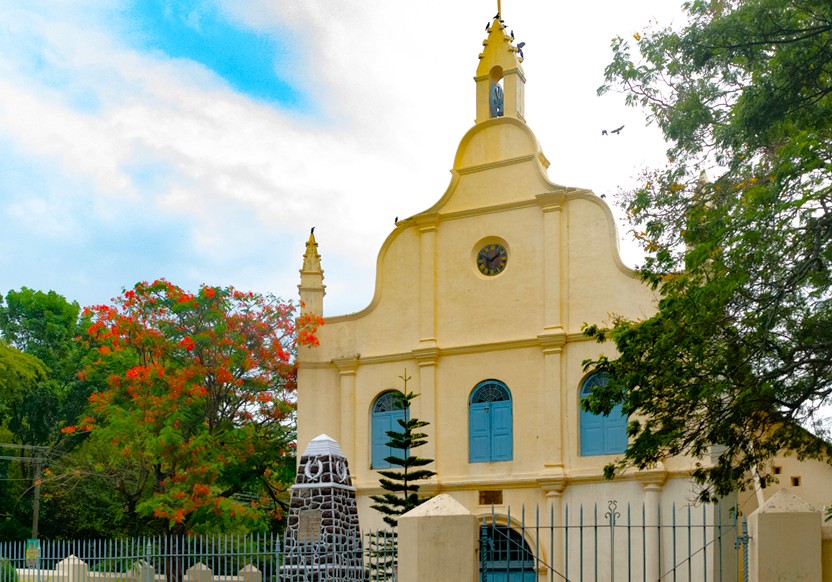
Saint Francis Church Kochi: Saint Francis Church Kochi
The church's history is interwoven with stories of change, resilience, and devotion. Over the years, the Church has witnessed numerous historical events, from the arrival of European powers to the rise of local self-governance. Iconic figures in history, such as the explorer Vasco da Gama, were laid to rest within its walls, marking the band's connection to the broader historical narrative of Kochi and beyond. The enduring significance of this site illustrates the rich tapestry of culture and spirituality that defines this coastal city.
Timeless Artifacts & Sacred Spaces
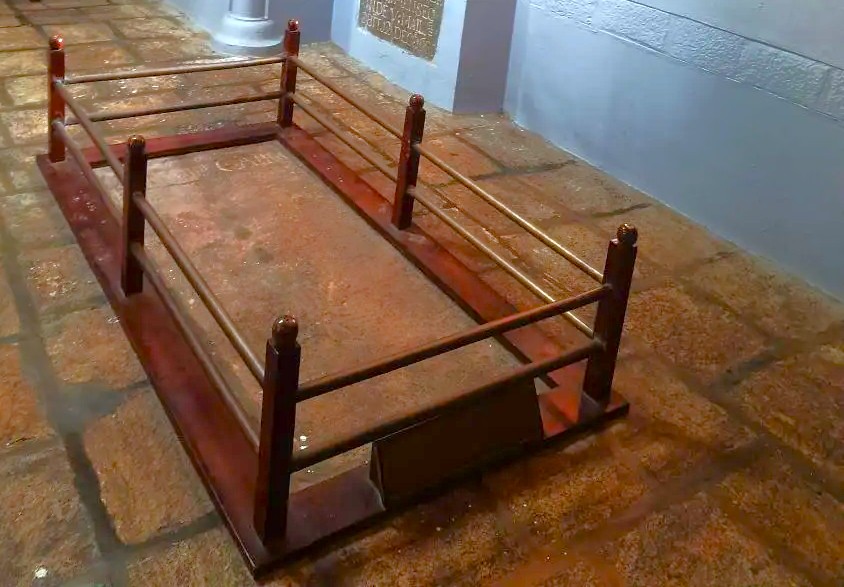
Inside the Church stand numerous artifacts that reveal its historical importance throughout the centuries since construction. The central altar contains intricate wooden carvings created by skilled artisans who spent years perfecting each detailed section. Several side altars display different saints important to the Portuguese Catholic tradition with gold leaf decorations catching light from nearby windows. The notable crucifix positioned prominently inside attracts many people who believe it possesses special properties according to local stories passed down through generations.
Ancient Mosaics: Impeccable Craftsmanship
Saint Francis Church Kochi. The craftsmanship evident in the Church, reflects the skills of artisans from various periods throughout its history. The structure features elements brought by the Portuguese, revealing a blend of European and local craftsmanship. Noteworthy are the timber ceilings and the elegant use of coral and stone in construction, which date back to its inception in the early 16th century. These elements highlight the techniques used by architects and builders of the time, blending the artistry of both cultures. The church has undergone renovations, preserving its character while adapting to contemporary needs.
The Pulse of the Local Community
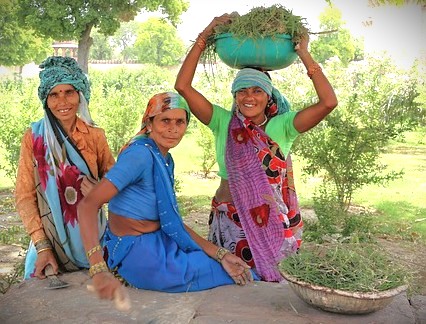
The local community around the church includes families who have lived in this area for several generations. Many residents participate in regular cultural events that combine Portuguese and Indian traditions throughout the calendar year. The congregation gathers for weekly services while also organizing assistance programs that help elderly and low-income community members. Local school children learn traditional music and dance styles that appear during major festival celebrations. Several community kitchens prepare meals during important religious holidays using recipes handed down through multiple generations.
Capturing the Magic: A Photographic Haven
Photographing Saint Francis Church provides a unique opportunity to capture exquisite moments steeped in history. The interplay of light throughout the day illuminates its intricate design and the surrounding greenery, creating stunning visuals. Whether capturing the daily rituals or the vibrant festivities, every angle tells a story that invites admiration and reflection.
The Connection with the Gods
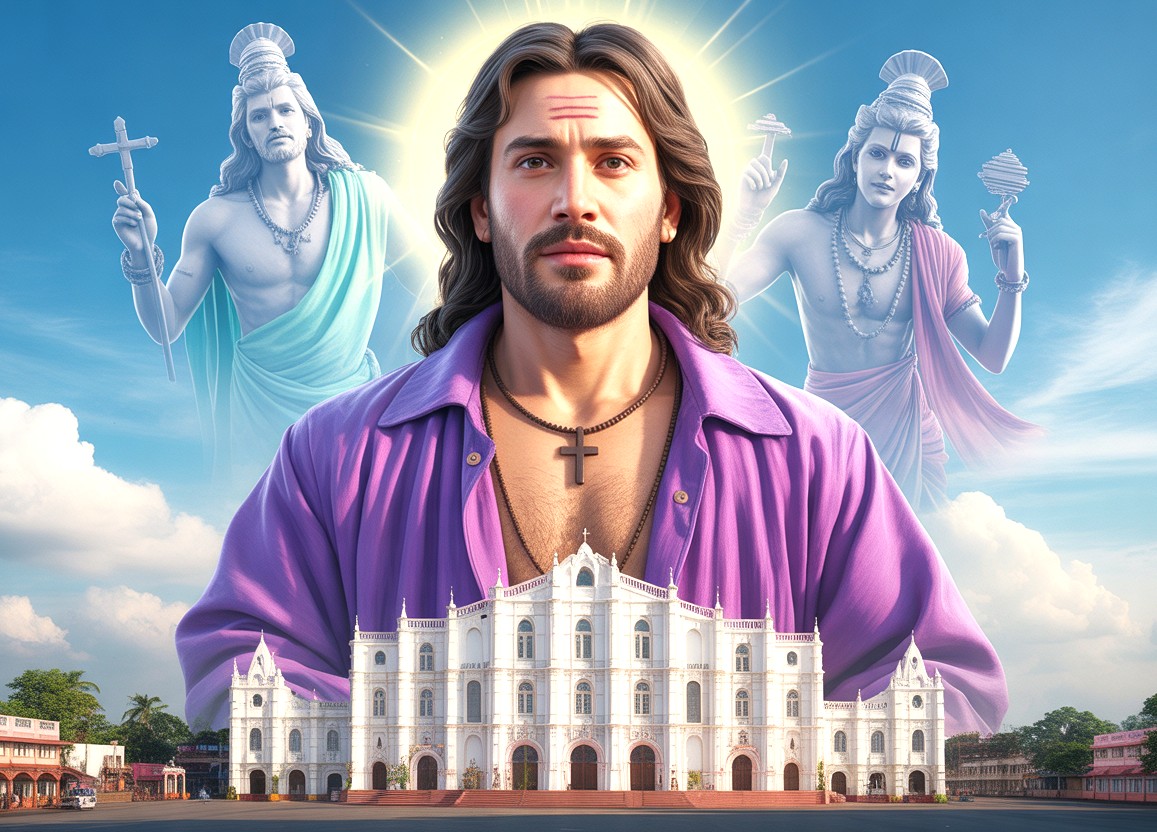
Saint Francis Church Kochi. This historic Christian site maintains traditions dating back to the early Portuguese arrival in Goa during the 1500s. The congregation follows Catholic practices with Jesus Christ as the central religious figure according to church doctrine. While named for Saint Francis of Assisi, the church emphasizes that saints receive honor rather than worship. Religious artwork depicts biblical scenes alongside portraits of important religious figures through Christian history. The architecture combines European designs with adaptations for local climate conditions including high ceilings for air circulation.
Festivals of Devotion: Honouring the Sacred and the Divine
The church is dedicated to Saint Francis, who is often associated with nature and animals, promoting peace and harmony. His teachings are celebrated through rituals and prayers, reflecting the profound connection that the community feels towards their spirituality. Festivals celebrated at Church, such as Christmas and Easter, attract both locals and those from neighboring regions. Christmas festivities, typically beginning on December 24, feature masses, carols, and vibrant decorations. The Easter celebrations draw attendees for the Good Friday and Easter Sunday masses, also emphasizing the community's devotion.
Serendipitous Meetings: Beyond the Main Path
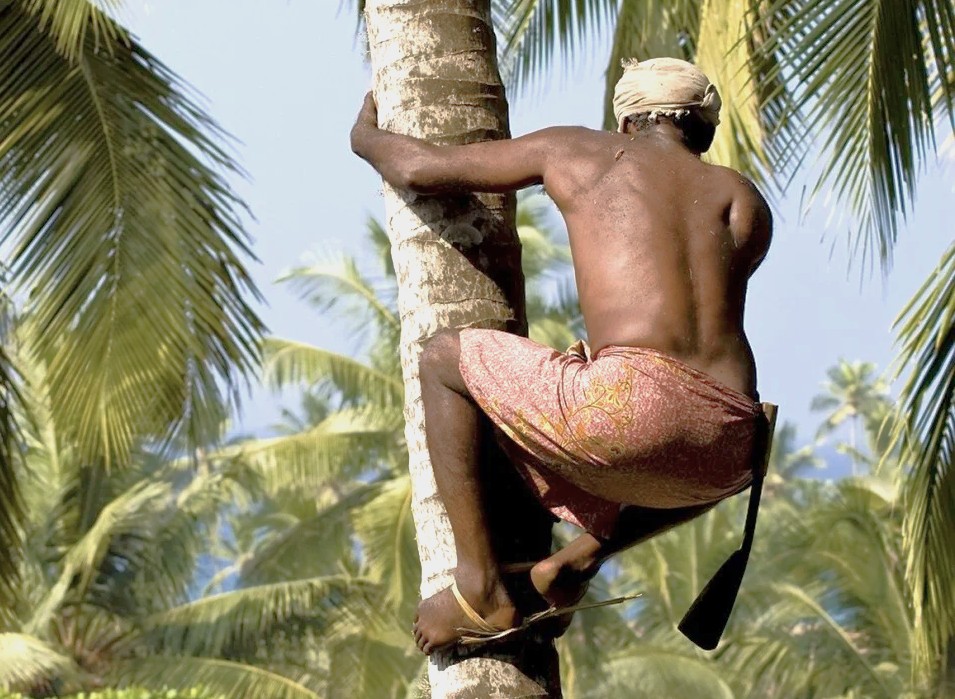
Near Kochi's historic Saint Francis Church in Kerala, everyday life continues with interesting activities throughout the surrounding streets. Coconut trees line many pathways with skilled climbers ascending tall trunks to harvest fresh fruit using traditional techniques. Several small shops occupy buildings close to the church entrance selling various handmade items created by local artisans. These craftspeople produce religious artifacts alongside practical household goods using materials available in the Kerala region. Streets contain food vendors preparing regional specialties with seafood and coconut.
Ancient Technologies: Sacred Sound, Geometry & Astrological Influences
Saint Francis Church Kochi. The Church incorporates elements of sacred geometry, particularly in its layout and construction. The alignment of the church with the cardinal directions is believed to enhance its spiritual energy. The building materials, primarily wood and stone, contribute to an atmosphere of tranquility, allowing sound to resonate effectively during services. Such acoustical properties enhance the experience of communal prayers and hymns, creating a divine ambiance. While specific Solfeggio frequencies are not formally connected with the site, the church’s structural design evokes feelings of peace that resonate with its attendees.
Resilience and Renewal: Overcoming Adversity’s Challenges
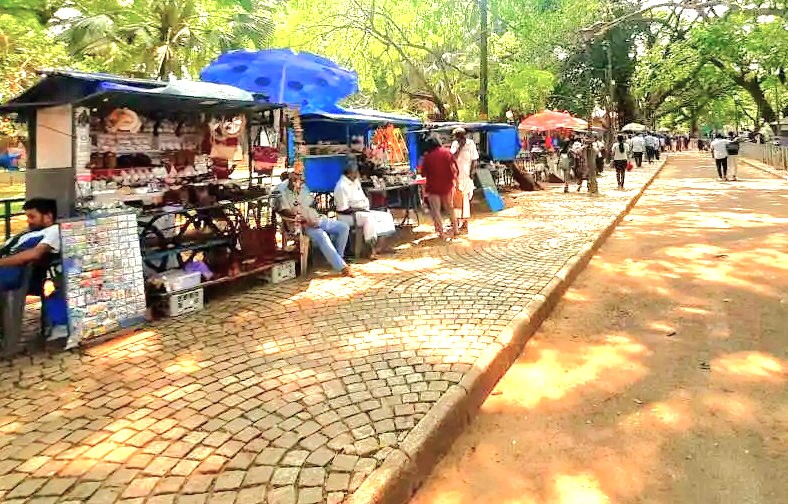
In 1662, Dutch forces took control of Kochi and changed the church into an administrative building while removing much of its decorative elements. The building remained under Dutch control for over a century before returning to religious use. Fire damaged parts of the roof structure in 1862 causing concerns about the stability of the entire building. Local residents worked together with government officials to repair the affected sections using improved materials. Another fire occurred in 1965 which threatened the bell tower section of the historic structure.
Urban Legends: Strange Sightings, Myths and Mysteries
Saint Francis Church Kochi. Our time in this area will surely include hearing stories that spark the imagination. One legend tells of a mysterious light, appearing above the altar during important religious holidays - said by many to be a blessing from Francis himself. Locals whisper of Vasco da Gama’s spirit quietly present at his former resting place, a phenomenon that, whether true or not, is part of the fabric. Some even report seeing fleeting shadows in the peaceful yard by moonlight - always harmless, but entrancing and a bit mystical.
India: Discover Why The Cows Always Have Right of Way
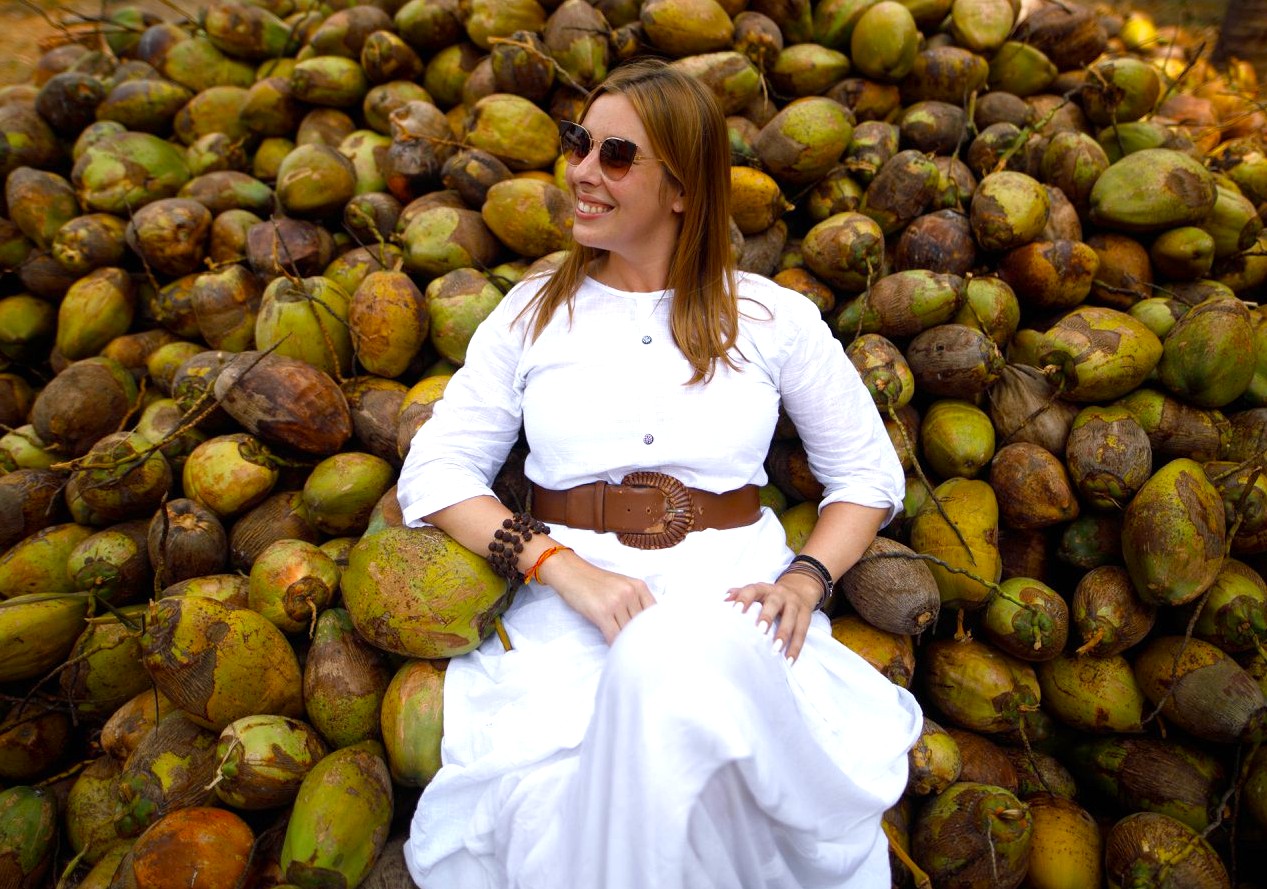
Old Goa contains several Unesco churches with remarkable architecture that reveal Portuguese colonial history. The streets surrounding these churches offer numerous food stalls selling spicy chorizo rolls, crispy samosas, and freshly made chai throughout the day. Local vendors prepare traditional Goan dishes including pork vindaloo, fish curry with rice, and bebinca dessert. Morning walks allow exploration of less crowded areas where everyday community activities take place. The colorful markets sell spices, handmade crafts, and textiles at negotiable prices.
Symphony of Generosity: Offerings from Wanderers to Residents
In our time here, we will notice a beautiful exchange between locals and newcomers. Travelers often leave behind small offerings - art, journals, crafts - which locals display proudly or repurpose into the life of the community. Residents may share traditional recipes, spiritual guidance, or just a soulful conversation with us, enriching both sides. This ongoing exchange strengthens social bonds, infusing daily life with a peaceful energy and a mood that is both welcoming and reflective.